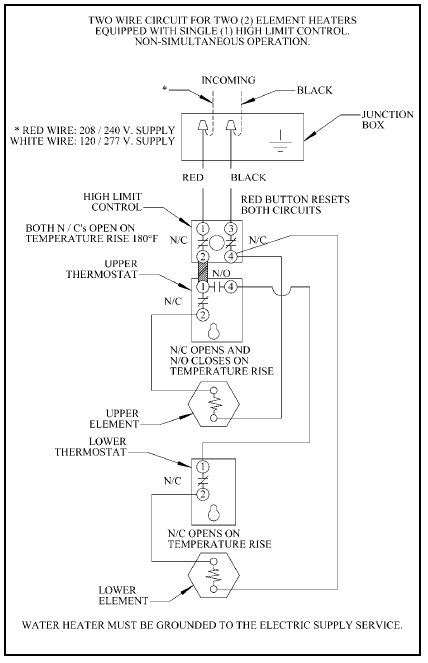LarryFine
Master Electrician Electric Contractor Richmond VA
- Location
- Henrico County, VA
- Occupation
- Electrical Contractor
But wait, there's more!
If the upper element burns out, the recovery will be slower, but overall, the electric demand should be the same. If the lower element burns out, the hot water will run out faster.
With the same hot water usage, the overall monthly demand should not rise because either element burns out. The water heater merely replaces heat lost. The perceived performance loss will be obvious.
If the upper element burns out, the recovery will be slower, but overall, the electric demand should be the same. If the lower element burns out, the hot water will run out faster.
With the same hot water usage, the overall monthly demand should not rise because either element burns out. The water heater merely replaces heat lost. The perceived performance loss will be obvious.


